.png)
Key Takeaways
-
Significant Cost Savings: Australian patients can save between 40% and 70% on stem cell therapy for spinal cord injuries by choosing treatment in Thailand.
-
Advanced Treatment Protocols: Thai medical centers utilize a variety of stem cell types, including Mesenchymal Stem Cells (MSCs) from sources like umbilical cord tissue and the patient's own bone marrow or adipose tissue, often combined with comprehensive rehabilitation programs.
-
Internationally Recognized Standards: Many leading Thai hospitals and specialized clinics hold international accreditations, such as Joint Commission International (JCI), ensuring high standards of care and patient safety.
-
Cost of Stem Cell Therapy for Spinal Cord Injury:
-
Thailand: Packages typically range from $12,000 to $30,000 USD.
-
Australia: Similar treatments, where available, can cost upwards of $50,000 to $100,000+ AUD, often within clinical trial settings.
-
United States: Costs can soar to over $150,000 USD.
-
Understanding Stem Cell Therapy for Spinal Cord Injuries
Stem cell therapy for spinal cord injuries works by repairing damaged tissue, reducing inflammation, and supporting recovery with healthy new cells. These cells can develop into neurons and glial cells, which are vital for nervous system function.
Spinal cord injuries interrupt communication between the brain and body, causing loss of movement, sensation, and other functions. Beyond the initial trauma, secondary damage like inflammation, poor blood flow, and scar tissue further limit natural healing.
Stem cell therapy intervenes in this process in several ways:
-
Cell Replacement: Stem cells can potentially differentiate into new neurons and oligodendrocytes (cells that produce the myelin sheath that insulates nerve fibers), replacing those lost due to the injury.
-
Neuroprotection: They release growth factors and other neurotrophic substances that protect existing neurons from further damage.
-
Modulation of Inflammation: Stem cells have potent anti-inflammatory properties, which can help to create a more favorable environment for healing.
-
Promotion of Axonal Growth: They can help to encourage the regrowth of damaged nerve fibers (axons) and the formation of new connections.
Types of Stem Cell Therapies Offered in Thailand
Thai clinics offer a variety of stem cell types for the treatment of spinal cord injuries, with the choice depending on the individual patient's condition, the nature of their injury, and the specific treatment protocol of the medical facility. The most common types include Mesenchymal Stem Cells (MSCs) and, in some research-focused centers, Neural Stem Cells (NSCs).
The primary types of stem cells used are:
-
Mesenchymal Stem Cells (MSCs): These are adult stem cells that can be sourced from various tissues, including:
-
Bone Marrow-Derived MSCs (BM-MSCs): Harvested from the patient's own hip bone.
-
Adipose-Derived MSCs (AD-MSCs): Obtained from the patient's own fat tissue.
-
Umbilical Cord-Derived MSCs (UC-MSCs): Sourced from the umbilical cords of healthy, screened donors. These are considered particularly potent and have strong immunomodulatory properties.
-
-
Neural Stem Cells (NSCs): These are specialized stem cells that have a natural predisposition to develop into nerve cells. Their use is often more experimental and may be part of specific clinical trials.
The administration of stem cells can also vary. Common methods include:
-
Intravenous (IV) Infusion: Stem cells are infused into the bloodstream.
-
Intrathecal Injection: Stem cells are injected directly into the cerebrospinal fluid, allowing for more targeted delivery to the spinal cord.
-
Direct Injection: In some cases, stem cells may be injected directly into the site of the injury.
Candidacy for Stem Cell Therapy: Who is a Good Candidate?
Determining candidacy for stem cell therapy for a spinal cord injury is a comprehensive process that involves a thorough evaluation of the patient's medical history, the specifics of their injury, and their overall health. Generally, patients with both complete and incomplete injuries may be considered, but a detailed consultation with a specialist is essential.
While each clinic has its own specific criteria, general factors that are often considered include:
-
Type and Severity of Injury: Both traumatic and non-traumatic spinal cord injuries can be considered.
-
Time Since Injury: While there is no definitive cutoff, many clinics find that treatment is most effective within a certain timeframe after the injury. However, patients with chronic injuries have also reported improvements.
-
Overall Health: Patients should be in stable medical condition without any active infections or other serious health issues that could interfere with the treatment.
-
Realistic Expectations: It is crucial for patients and their families to have a clear understanding of the potential benefits and limitations of the therapy. Stem cell therapy is not a "cure" for spinal cord injury, but rather a treatment that may lead to significant functional improvements.
Expert Insight: "We see patients from Australia with a wide range of spinal cord injuries. The key to a successful outcome is a personalized treatment plan. We combine advanced stem cell protocols with intensive physical therapy and rehabilitation to maximize the potential for recovery. It's about empowering the body to heal itself."
The Cost of Stem Cell Therapy: Thailand vs. Australia
The cost of stem cell therapy in Thailand is a significant consideration for many Australian patients. Thailand offers a compelling advantage, with treatment costs being substantially lower than in Australia and other Western countries, without compromising on the quality of care.
The significant price difference is due to several factors, including lower overhead costs, a favorable exchange rate, and a competitive medical tourism market.
The Treatment Process for Australian Patients in Thailand
The journey for an Australian patient seeking stem cell therapy in Thailand is typically well-structured and supported by the chosen medical facility, many of which have extensive experience in catering to international patients.
The process generally involves the following steps:
-
Initial Online Consultation: This is the first point of contact, where the patient or their family can connect with the medical team in Thailand. This is an opportunity to discuss the patient's medical history, the nature of their injury, and to ask any initial questions.
-
Medical Records Review: The patient will be asked to provide their medical records, including MRI scans, doctor's reports, and any other relevant documentation. This allows the specialists in Thailand to make a preliminary assessment of the patient's suitability for the treatment.
-
Personalized Treatment Plan and Quote: Based on the review of the medical records, the clinic will develop a personalized treatment plan and provide a detailed quote. This will outline the type of stem cells to be used, the method of administration, the recommended duration of stay, and the estimated costs.
-
Travel and Accommodation Arrangements: Once the patient decides to proceed, the clinic's international patient support team can often assist with travel and accommodation arrangements. Many hospitals have partnerships with nearby hotels and serviced apartments.
-
Pre-Treatment Evaluation in Thailand: Upon arrival in Thailand, the patient will undergo a comprehensive pre-treatment evaluation, which may include blood tests, physical examinations, and further imaging studies.
-
Stem Cell Administration: The stem cell procedure itself is typically minimally invasive and is performed by a team of experienced specialists.
-
Rehabilitation and Aftercare: Following the procedure, the patient will begin a tailored rehabilitation program, which may include physical therapy, occupational therapy, and other supportive treatments. This is a crucial part of the recovery process.
-
Follow-up: After returning to Australia, the clinic will typically maintain contact with the patient to monitor their progress and provide any necessary support.
Did You Know? Many leading Thai hospitals have dedicated international patient departments with multilingual staff to assist with every aspect of a medical tourist's journey, from visa assistance to local transportation.
.png)
Recovery and Expected Outcomes
Recovery after stem cell therapy for a spinal cord injury is a gradual process that varies significantly from patient to patient. While some individuals may experience noticeable improvements within a few months, for others, the changes may be more subtle and occur over a longer period.
Potential improvements that patients may experience include:
-
Increased Muscle Strength and Motor Function: This could manifest as improved control over limbs, better balance, and in some cases, the ability to stand or walk with assistance.
-
Enhanced Sensation: Some patients report a return of sensation in areas that were previously numb.
-
Improved Bladder and Bowel Control: This can have a significant impact on a patient's quality of life and independence.
-
Reduction in Neuropathic Pain: Stem cells may help to alleviate the chronic nerve pain that is common after a spinal cord injury.
-
Increased Energy Levels and Overall Well-being: Many patients report a general improvement in their health and vitality.
It's important to approach stem cell therapy with realistic expectations. While the results can be life-changing for some, it is not a guaranteed cure. The degree of improvement depends on various factors, including the severity and location of the injury, the patient's age and overall health, and their commitment to the rehabilitation program.
Potential Risks and Benefits
Like any medical procedure, stem cell therapy carries both potential risks and significant benefits. A thorough discussion with a qualified medical professional is essential to weigh these factors and make an informed decision.
Potential Benefits:
-
The possibility of significant functional recovery and improved quality of life.
-
A minimally invasive procedure with a relatively low risk of serious complications.
-
The potential to reduce the long-term costs associated with managing a spinal cord injury.
Potential Risks:
-
Infection: As with any injection, there is a small risk of infection at the injection site.
-
Pain or Discomfort: Some patients may experience temporary pain or discomfort at the injection site.
-
Allergic Reaction: While rare, there is a possibility of an allergic reaction to substances used during the procedure.
-
Lack of Efficacy: There is a chance that the treatment may not be effective for every individual.
Choosing a reputable and experienced clinic that adheres to strict safety and quality control standards is the best way to minimize these risks.
FAQs: Answering Your Key Questions
Is stem cell therapy for spinal cord injuries legal and regulated in Thailand?
Yes, stem cell therapy is regulated by the Thai Medical Council. Reputable clinics operate under strict guidelines and often have their own ethics committees to oversee the treatment protocols.
How long do I need to stay in Thailand for the treatment?
The recommended duration of stay can vary from a few weeks to a month or more, depending on the specific treatment plan and the extent of the rehabilitation program.
Will my Australian doctors be able to provide follow-up care?
It is important to discuss your plans with your Australian healthcare providers before you travel. While they may not be able to directly oversee the stem cell therapy, they can provide ongoing care and support upon your return.
What is the success rate of stem cell therapy for spinal cord injuries in Thailand?
Success rates can be difficult to quantify as they vary depending on the individual patient and the specific outcomes being measured. Many clinics report that a significant percentage of their patients experience some level of functional improvement.
Look for clinics with international accreditations (such as JCI), experienced medical teams specializing in regenerative medicine, and transparent pricing. Reading patient testimonials and seeking recommendations can also be helpful.
Australians can typically enter Thailand for up to 30 days without a visa. For longer stays, a medical visa may be required, which the chosen hospital can usually assist with.
Your Path to Potential Recovery with PlacidWay
Navigating the world of international medical travel can be daunting. PlacidWay is committed to simplifying this process for Australian patients seeking stem cell therapy. We connect you with a network of world-class, accredited hospitals and stem cell therapy clinics in Thailand, providing you with all the information you need to make an informed decision.
Our services include:
-
Free, no-obligation quotes from leading Thai medical centers.
-
Personalized guidance to help you choose the right clinic for your needs.
-
Assistance with travel and accommodation arrangements.
-
Access to a wealth of information on stem cell therapy and medical tourism in Thailand.
Take the first step on your journey towards potential recovery. Contact PlacidWay today to learn more about stem cell therapy for spinal cord injuries in Thailand.

.png)


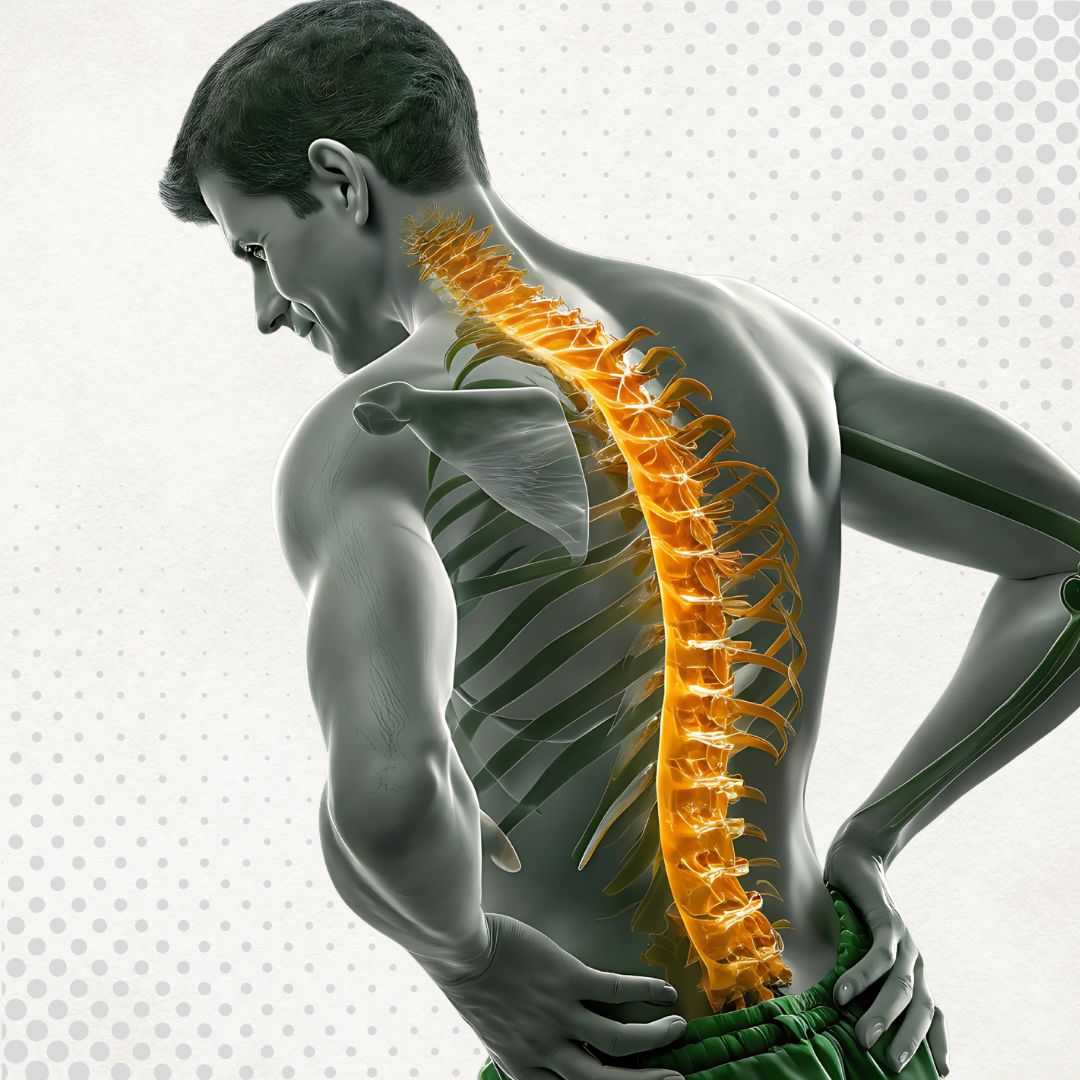
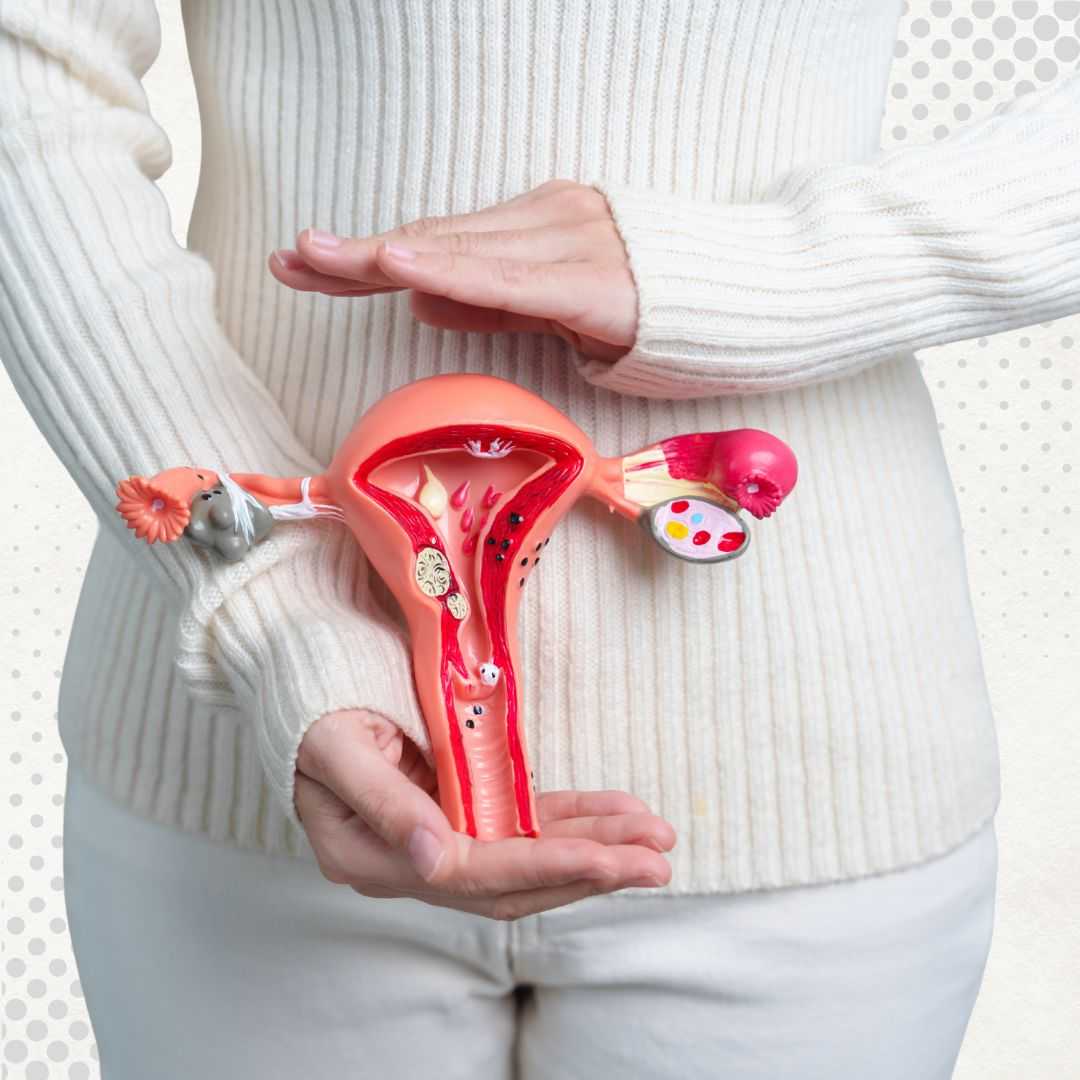


.jpg)


.png)
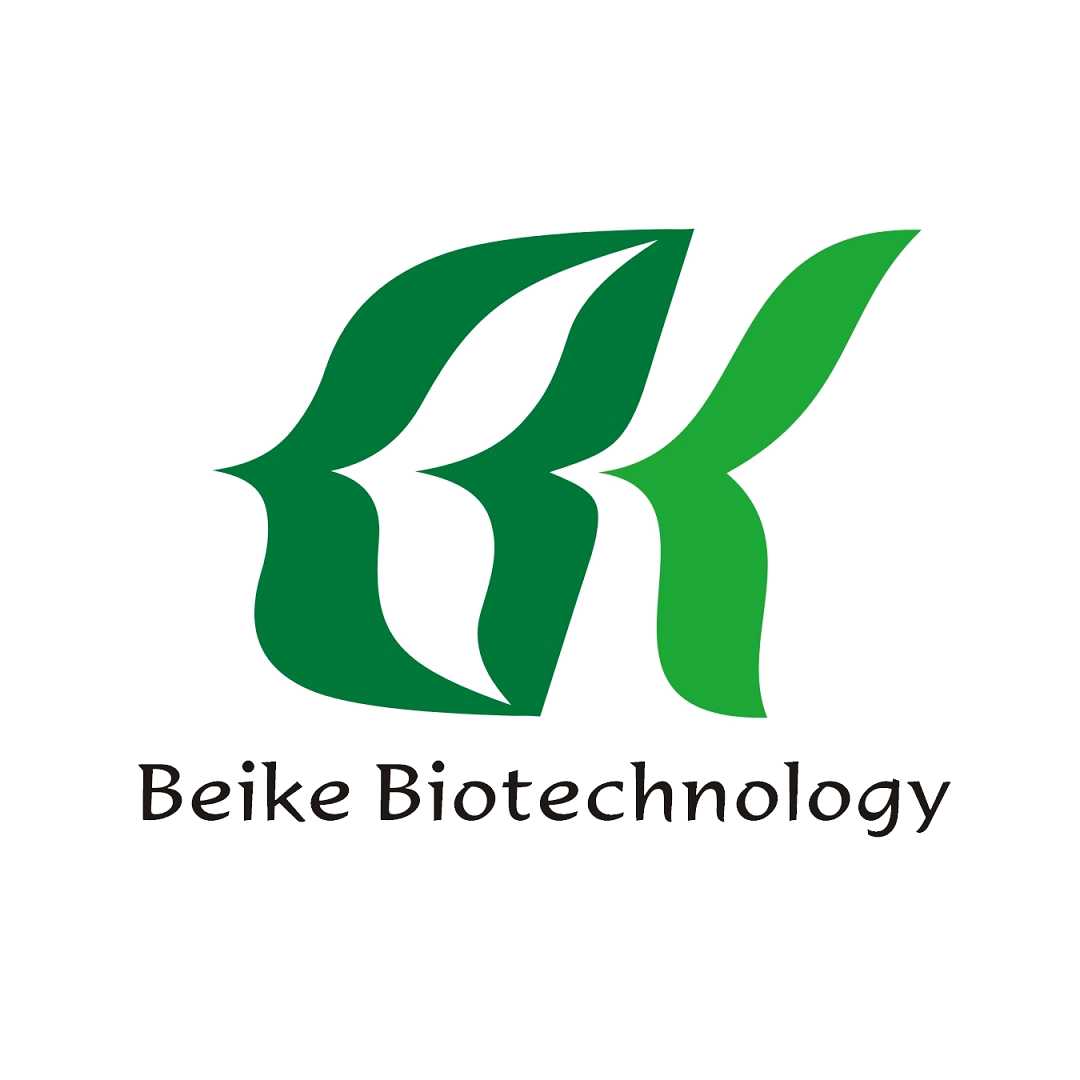

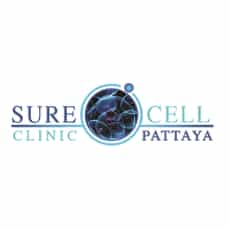

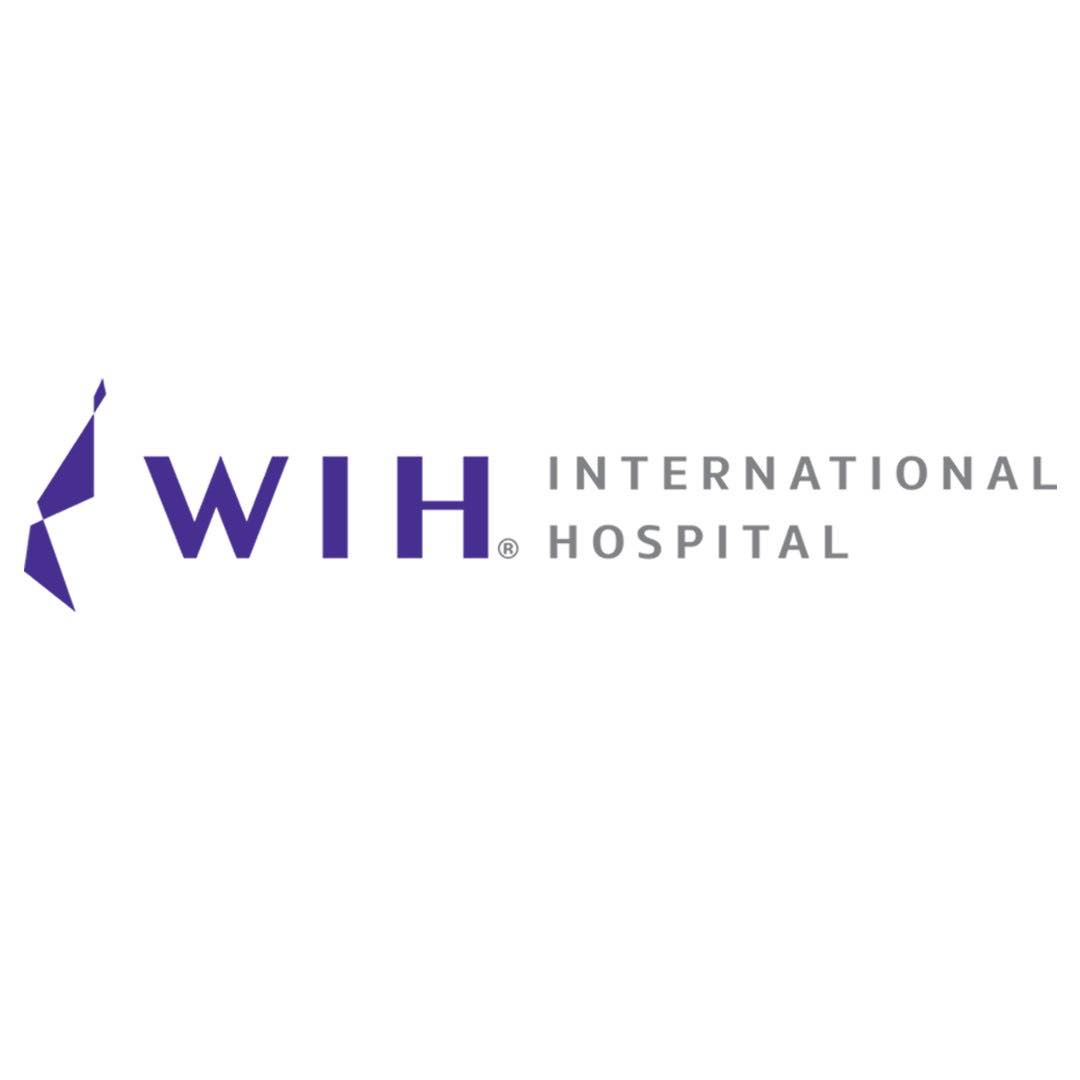

Share this listing